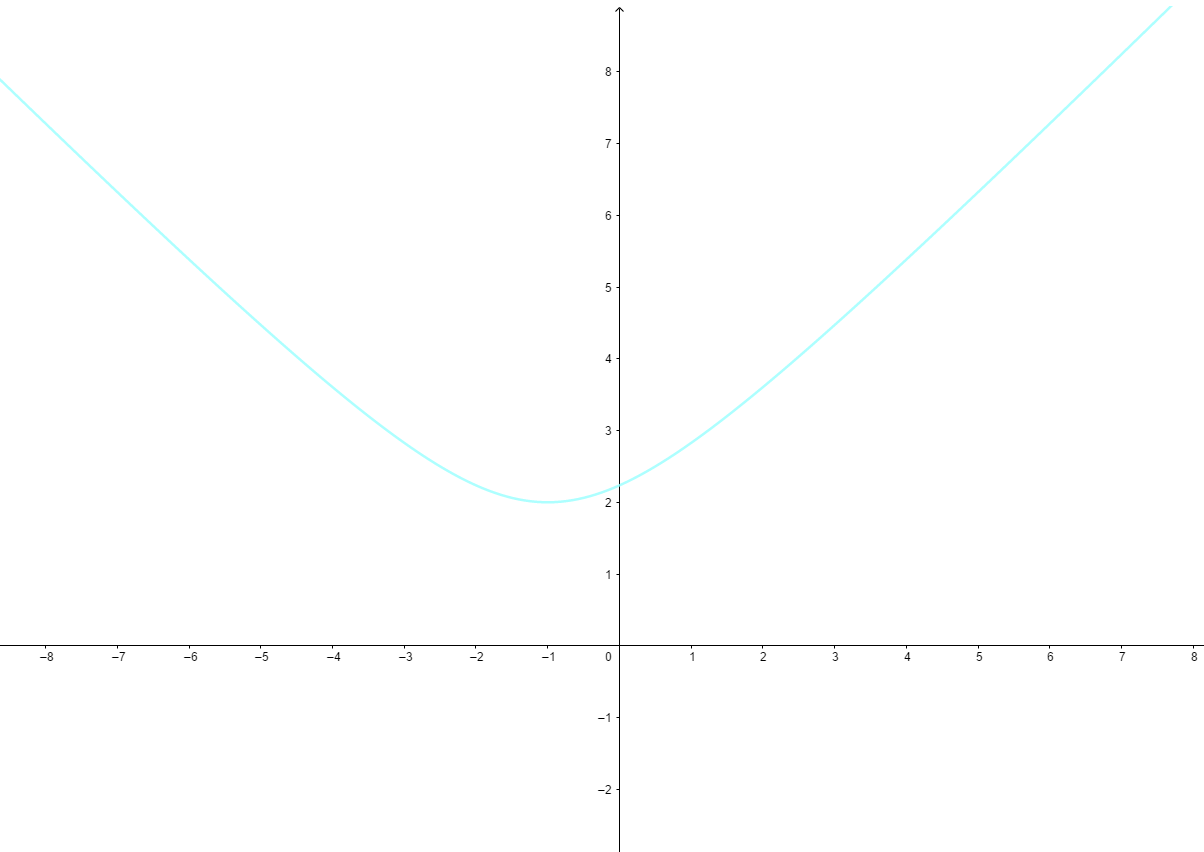How do you find the extrema for #g(x) = sqrt(x^2 + 2x + 5)#?
2 Answers
Explanation:
Note that:
So the function
is defined for every
Besides as
But this is a second order polynomial with leading positive coefficient, hence it has no maximum and a single local minimum.
From
and:
only when
and
only for
Consequently:
and:
only for
We can conclude that
We need
-
For
#x<-1# we have#g'(x)<0# so#g# is strictly decreasing in#(-oo,-1]# -
For
#x># #-1# we have#g'(x)>0# so#g# is strictly increasing in#[-1,+oo)#
Hence
As a result



